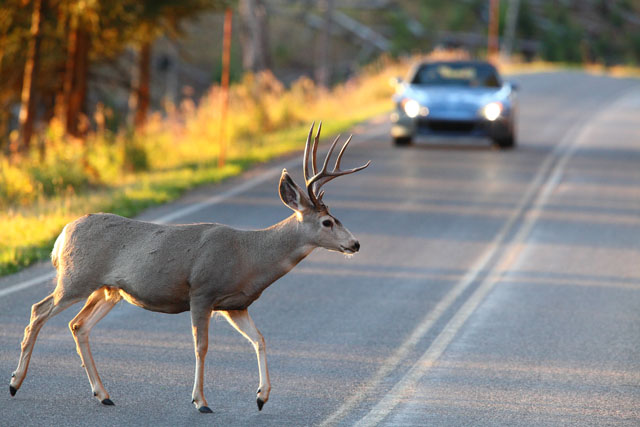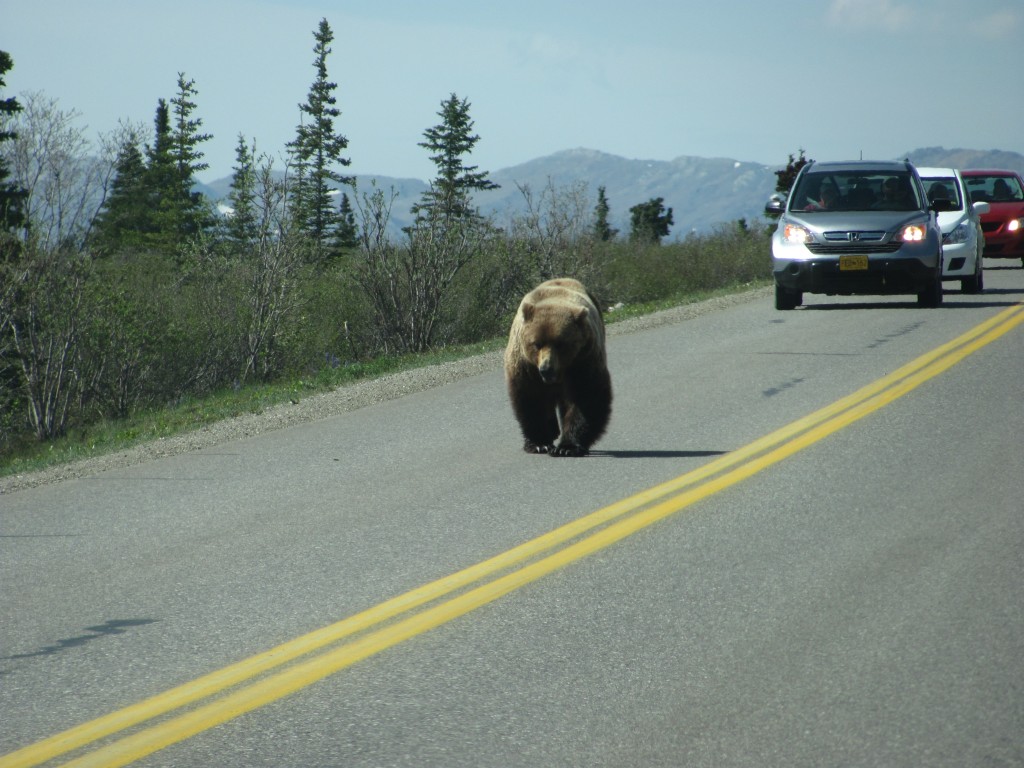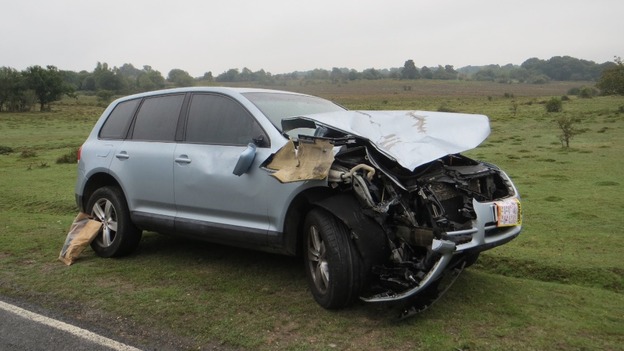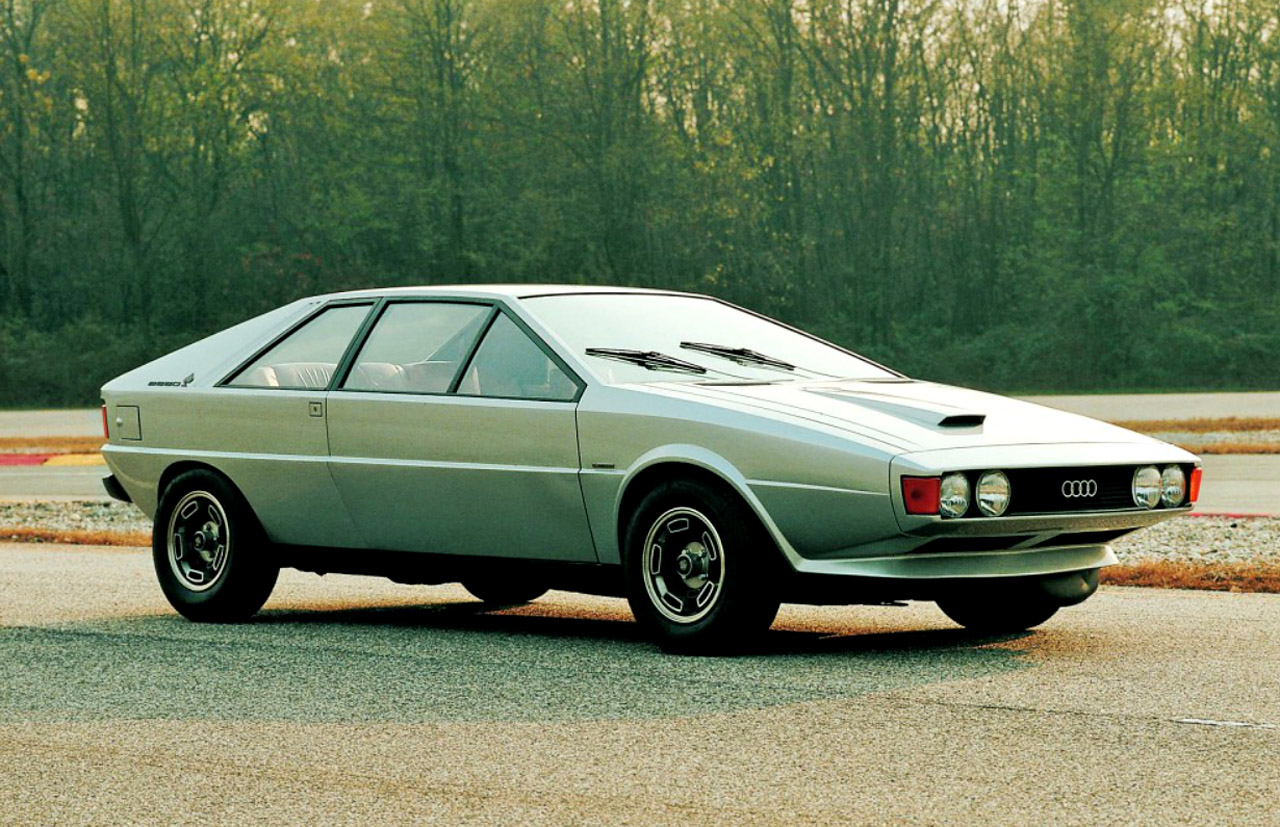The Consequences of Turning Animals to Roadkill & How to Avoid Them
First of all, we must say RIP to all the cats, dogs, rabbits, raccoons, and squirrels out there that didn’t make it to the other side of the road. It really is tear-jerking. Even more tragic, though, are the accidents where cars and large animals collide with each other, which sometimes lead to injuries or fatalities among drivers and passengers. But these encounters with big, furry creatures are avoidable if your driving knowledge and technique is sharp. You may not be able to stop a stray animal from jaywalking, but you can reduce its chances of turning into roadkill, allowing both you and your four-legged counterpart to arrive home in one piece.
Repeat Offenders
The beasts we’re featuring are generally harmless (except when hungry or threatened). Unlike some cheesy horror flick from the 80s, they’re not waiting in the woods to pounce on you. They usually cross the road because they’re lost. The real problem is their unpredictable movements, which startle drivers, and their sheer mass that can damage even tough metals. Here’s a look at the animals you may encounter.
Deer

Description: The classic offender of vehicle to animal collisions are deer. White-tailed deer, the species Bambi belongs to, are most often involved in car accidents.
Where they live: Deer live on every continent except Antarctica and Australia, and scientists believe there are 20 to 30 million of them in North America. You can find them in every Canadian province/territory, usually in forests, but also in arctic and mountain regions.
Behaviour on the road: Deer tend to roam the roads from dusk til dawn. They’re known to freeze when car headlights hit them, hence the reason why we have the expression, “deer in headlights”.
Moose

Description: Here’s a fun fact (for some of you) – moose are members of the deer family, as well as caribou and elk. They are the largest relatives of the deer family, and they are also the fastest – they can run up to 35 miles per hour.
Where they live: Moose aren’t as widespread as deer are. They’re found almost exclusively in the Northern Hemisphere, in the forests of Canada, the U.S. (mainly Alaska), and Europe (mainly Scandinavia, Latvia, Estonia and Russia).
Behaviour on the road: Moose may also freeze on the roads like deer, but their significant height (nearly 2 metres tall) can render drivers oblivious to their presence, especially if it is dark out. As a result, moose accidents are harder to avoid than deer collisions.
Bears

Description: Collisions with bears are rare, but they do occur. The species that usually get hit by cars are black bears, which can weigh as much as 551 lbs, and grow to a length of 47 – 79 inches.
Where they live: Bears as a whole can be found in North America, South America, Europe and Asia. Black bears, however, are native to North America (primarily in Canada, but also the U.S. and parts of Mexico).
Behaviour on the road: If a bear is crossing the road, they’re most likely going to keep moving until they get to the other side. Typically, they won’t freeze, and are more likely to cross the street. Bears have been known to interact with cars (attempting to open doors), but that usually takes place when vehicles are parked.
The Consequences of Animal/Vehicle Collisions
If you don’t believe in the destructive power of a bear, deer, or moose accident that can unleash on your car, you obviously haven’t seen the news in the last few years. As we mentioned before, drivers have died or sustained serious injuries because of animal collisions. It’s no joke. In fact, we have some statistics to prove how dangerous they are.
Wildlife Crash Stats
- Over 9,800 incidents of wildlife/car collisions occur every year in B.C, resulting in 380 injuries and 4 deaths – 47 have died this way from 1988 to 2009
- 85% of motorcycle/deer collisions result in the death of the motorist
- In Ontario, there were 7,000 lost-time injury claims and 149 deaths as a result of wildlife collisions between 2006 and 2010
What Wildlife Crashes Look Like


As you can see from the data and photos mentioned here, hitting a large animal can turn dangerous, even deadly. It’s not like wiping bugs off of your windshield. The sudden appearance of a beast on the road will require you to act fast, and to act correctly. More importantly, it’s wise to prepare yourself ahead of time, so that you’re not startled into making a poor decision.
Don’t Ignore the Warning Signs
Too many drivers blow by road signs without giving any thought to their presence. Confidence and experience tell us that the warnings on those signs are for newbies. However, it may take an accident or close call with tragedy to acknowledge the fact that even the most experienced drivers can collide with an animal, or any other object if they’re not careful. With that said, it’s worth taking a look at the various animal signs. And if you see them next time you’re on the road, stay alert for stray wildlife that may wander the roads. Consider them as your first warning.
Wildlife warning signs



Defensive Driving Techniques
The other aspect of avoiding wildlife is the use of defensive driving technique. When we think about defensive driving, we often think about steering clear of distracted or reckless drivers. However, they also apply when maneuvering around animals on the road. These evasive actions aren’t necessarily the same as what you’d pull off for someone who’s texting and driving, but they can help you prevent turning an innocent beast into roadkill.
Escaping the impact
- Brake without panicking – You may have to hard-brake somewhat, but try to avoid this if possible. If there is some distance between you and the animal, squeeze the brake to slow down in a steady and controlled manner.
- Honk your horn – Provided there are no other cars around, honking your horn is wise if you see an animal on the road. The sound of a car horn usually frightens animals, spurring them to retreat into the forest.
- Don’t swerve – Swerving may seem like the right thing to do, and it can save you and the animal from injury. However, if you swerve into an oncoming lane and another vehicle suddenly appears, the results could be tragic as well.
- Drive at the speed limit – The speed limit is there for a reason – it gives you “breathing room” to slow down if you have to brake to a rapid halt. It’s wise to follow the speed limit especially if you’re driving on a route you normally don’t take, or if it is during the night.
- Look out for shining lights at night – If you see floating lights at night, slow down. The eyes of animals (notably, those in the deer family) glow when light shines in their direction at dusk or dawn. Even if it turns out to be something in the distance, it doesn’t hurt to play it safe when strange lights appear ahead of you.
Use Technology
Technology is smarter than ever, and that means cars are smarter too (since tech and cars go hand in hand). If you’re driving a newer vehicle, there’s a good chance that your vehicle has a ton of gadgets that an older vehicle doesn’t have. And of course, you can use these safety devices to your advantage to avoid turning an animal into roadkill.
Gadgets to prevent a crash
- Night vision – It’s tough to spot an animal that bolts into the road while driving at night. Fortunately, cars equipped with night vision systems can detect wildlife that may veer into the open, giving you time to slow down.
- Collision detection – Many modern cars are now equipped with collision detection systems that warn you of impending cars and animals. If your vehicle has such a system and you cross paths with a large animal, a warning will most likely flash to alert you of the danger.
Man vs Beast
Although you may never encounter an animal on the road, it’s still worth knowing how to avoid hitting one. There are thousands of people out there who may regret not knowing what they could have done. So arm yourself with the right knowledge. It’s your responsibility as a driver to protect your family as well as yourself from road dangers, whether they come in the form of obstacles, other drivers or animals. With the info listed above, you may not have the power to tame animals and keep them out of your way, but you can react to their appearance in a way that keeps both you and them, unharmed.






